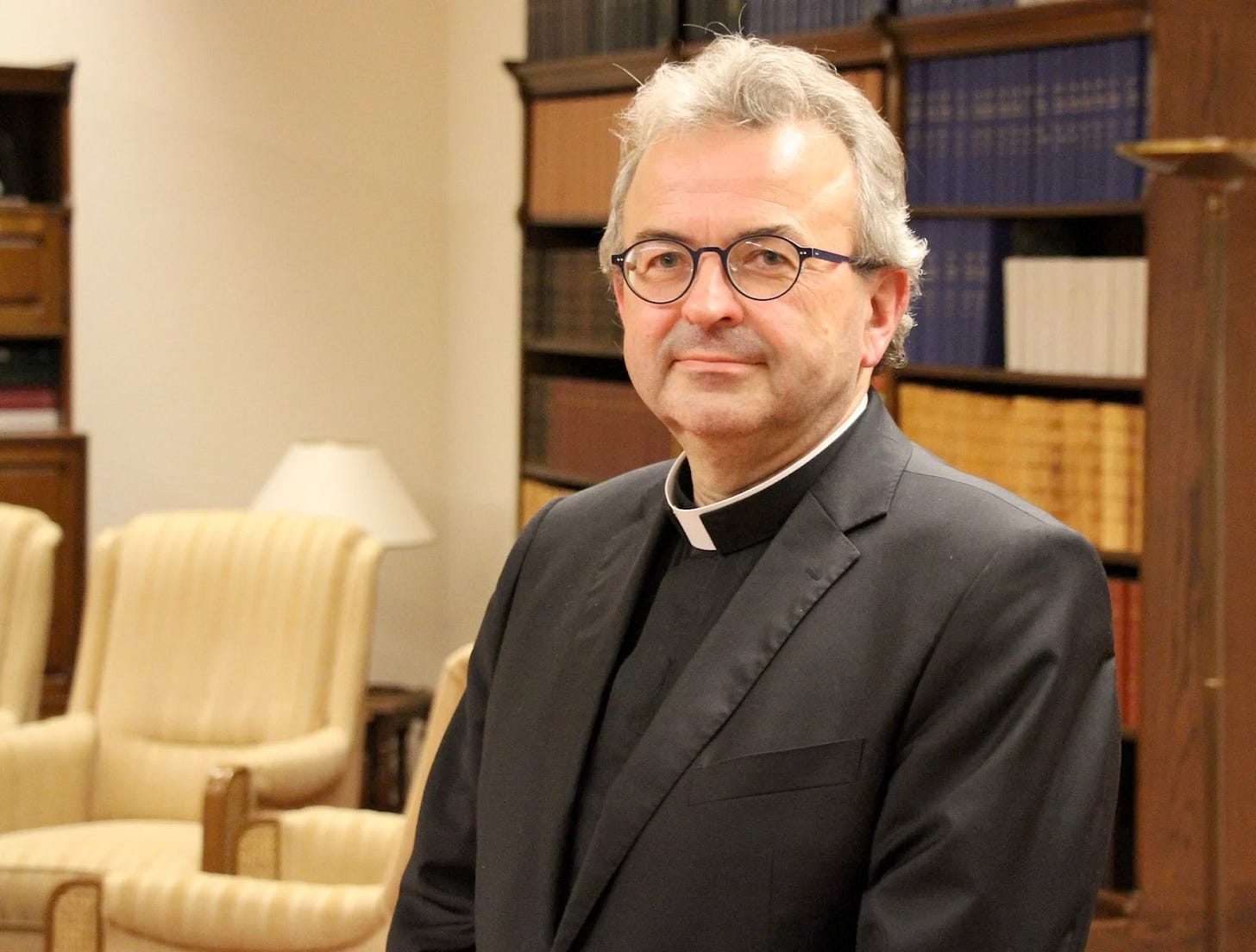What is an impeded see, anyway?
Last week, a Dutch bishop resigned after previously declaring himself "impeded" for health reasons, but saying he wasn't resigning. Why?
The Holy See announced last week the resignation of Bishop Harrie Smeets of the Diocese of Roermond in the Netherlands.
While the Vatican’s Aug. 10 bulletin didn’t give any reason for the 62-year old stepping down, Bishop Smeets previously released a letter to his diocese, announcing that he would be…

